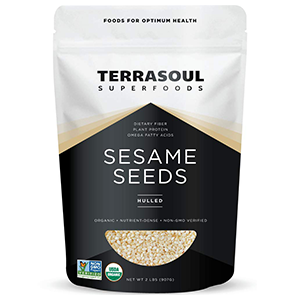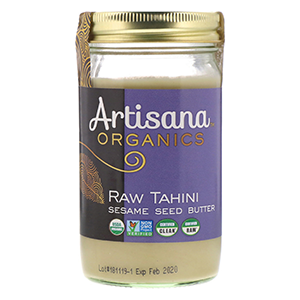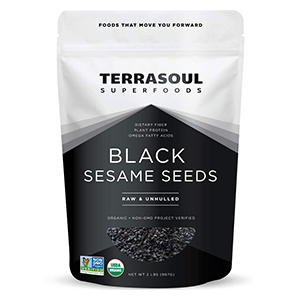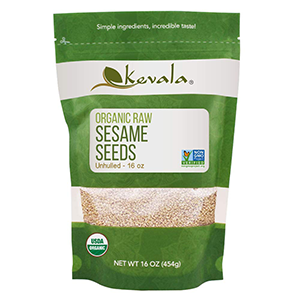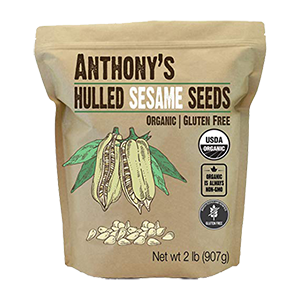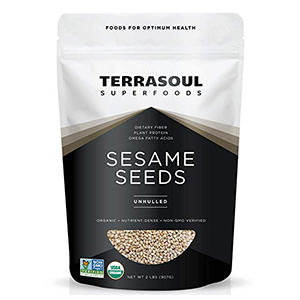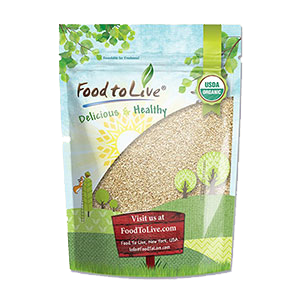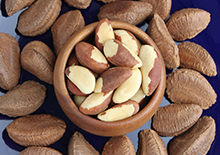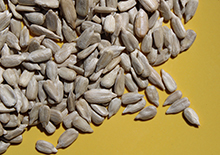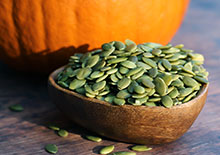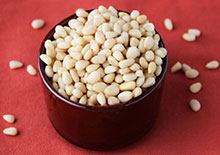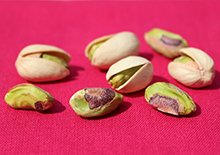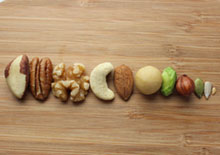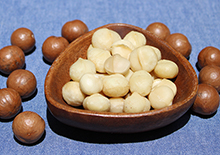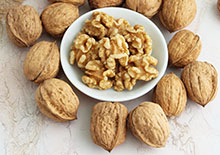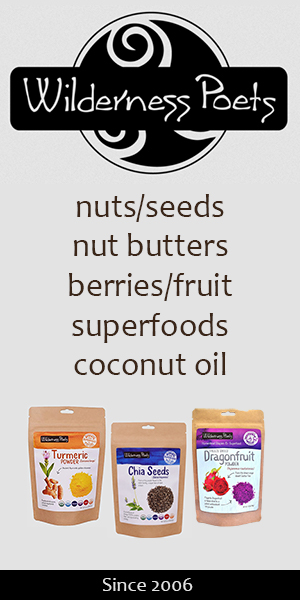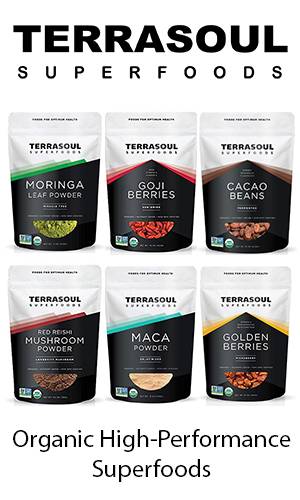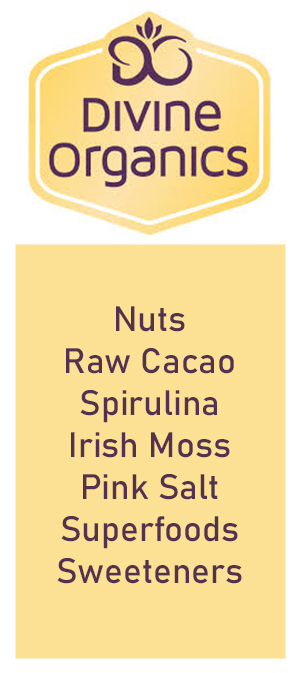- Home
- Nuts and Seeds
- Things About Sesame Seeds
9 Things About Sesame Seeds (White, Black and Brown), Pros and Cons
History | About Plant | Types and Taste | Ways to Use | Nutrition Facts | Antioxidants | On Allergen List | High in Oxalates | About Sesame Oil | Shop | Precautions
1) Sesame Seed is Oldest Oilseed Crop
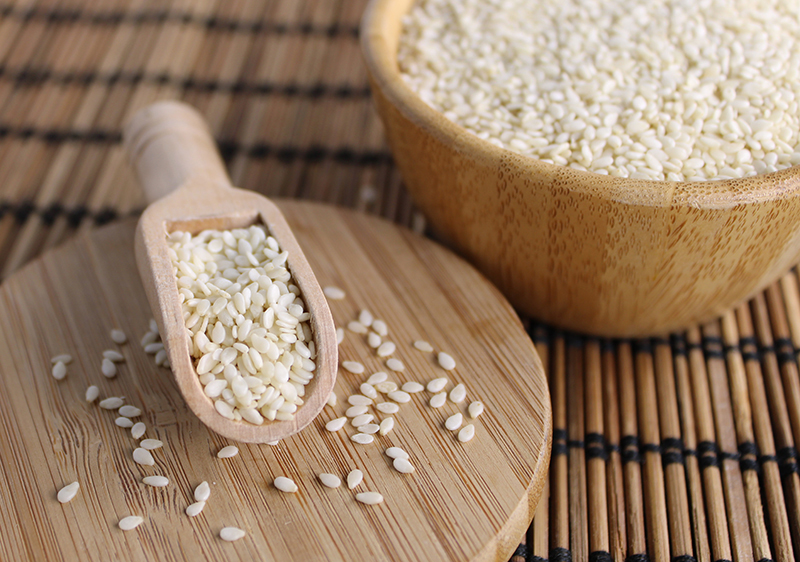
One of the unique things about sesame seeds is that they come from what is considered one of the oldest oilseed crops first domesticated by ancient Indus Valley civilizations. This is a region spanning modern-day Pakistan and Northern India.
Most sesame seeds, also called "benne", originate from the main cultivar Sesamum indicum. Archaeological records reveal that this species was first cultivated on the Indian subcontinent more than 3000 years ago.
2) Sesame Seeds Grow in Seedpods
Table of Contents
History | About Plant | Types and Taste | Ways to Use | Nutrition Facts | Antioxidants | On Allergen List | High in Oxalates | About Sesame Oil | Shop | Precautions
The tiny oval seeds, botanically "fruits", of the sesame plant interestingly grow within tubular pods or capsules containing between 50-80 seeds.
When the seedpods reach maturity, they burst open to scatter the seeds.
This is where the popular phrase "Open Sesame" comes from in the story of "Ali Baba and the Forty Thieves".
3) Sesame Types and Taste
The 3 basic types of raw bulk sesame seeds: white, brown and black. White sesame seeds are hulled and brown sesame seeds are unhulled. Similar to white rice and brown rice. Black varieties are also typically unhulled.
How do they differ as far as taste? White sesame can have a sweeter less bitter taste than brown or black sesame. All three have that unmistakable sesame flavor especially when briefly toasted.
White sesame seeds tend to have a creamier texture because they've gone through the hulling process to remove the outer husk. This exposes more of the oil content, compared to unhulled brown or black.
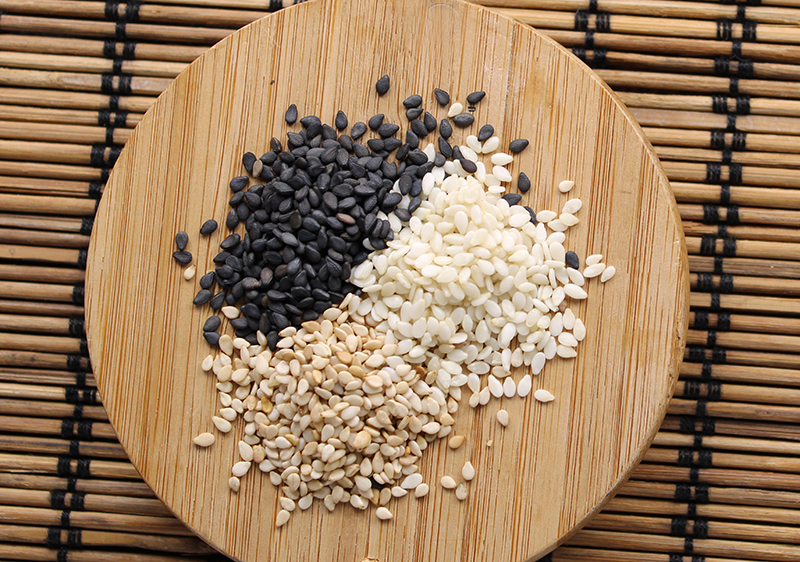
4) Popular Ways to Use Sesame Seeds
Sesame seeds are widely utilized in the culinary world for their outstanding umami flavor profile, especially when toasted.
The seeds are a staple in many cuisines worldwide like India, China, the Middle East and the Caribbean. They are very diverse and used in anything from baked goods, sweet snacks to sushi. The popular Japanese condiment gomasio is made from ground toasted sesame seed and sea salt.
Because of their high oil content, sesame seeds make the perfect seed butters. When sesame seed is stone-ground into a paste it's otherwise known as TAHINI. There are many wonderful uses for tahini in dressings, dips and desserts like halva.
Likewise, sesame seeds can also be pressed to make sesame oil which we will discuss more below.
5) Sesame Seed Nutrition Facts
Nutritionally speaking, compared to other nuts and seeds, sesame seeds are about mid-range when it comes to protein and fat but closer to the top of the list when it comes to FIBER content.
Brown and black sesame can have slightly more due to the thin but fibrous outer husk.
White Sesame (Hulled)
Protein - 6.8g, 14%
Fat - 18g, 23%
Carbs - 4g, 1%
Fiber - 3g, 12%
Calories - 200
Brown Sesame (Unhulled)
Protein - 5.9g, 12%
Fat - 15g, 19%
Carbs - 4g, 1%
Fiber - 4.9g, 18%
Calories - 176
Black Sesame (Unhulled)
Protein - 6.5g, 13%
Fat - 18g, 23%
Carbs - 8.1g, 3%
Fiber - 4.1g, 15%
Calories - 202
However, white sesame compared to black or brown tends to have more bioavailable nutrients because the hull has been removed. Also, this variety contains less oxalates which we will soon discuss in more detail.
If you're wanting to get the full array of what sesame nutrition has to offer, we would suggest tahini or gomasio just because the seed is in essence "pre-digested". Whereas the tiny whole seeds can often go straight through the digestive tract.
As far as total protein and fat, one ounce or about 3T (28g) of sesame seeds averages about 6.5 grams of PROTEIN and 17 grams of FAT. The protein in the Sesamum indicum seed is scientifically reported to be a complete protein, containing all essential amino acids.
When it comes to the overall mineral content of white, brown and black sesame seeds, COPPER is the highest followed by manganese, calcium, iron, magnesium and potassium. Sesame seeds are also known contain higher amounts of thiamine and vitamin B6.
Keep in mind that nutrition quality can vary from supplier to supplier so these are general estimates.
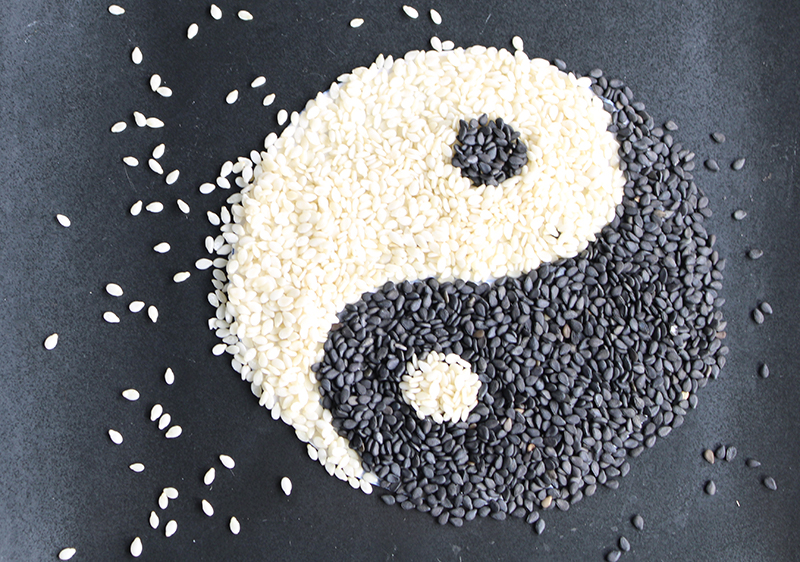
6) Antioxidants, Black Sesame Vs White Sesame
In the realm of ANTIOXIDANT content, the oils in black sesame and white sesame contain the main polyphenol lignans SESAMIN and SESAMOLIN, secondary lignans pinoresinol and lariciresinol as well as tocopherols.
There is a commonly held view that black sesame has greater nutraceutical value than white or brown sesame seeds, but this has not yet been completely proven.
However, in Chinese medicine, black sesame (called hei zhi ma) has for centuries been claimed to be superior over white or brown. They are reported to be not only more nutritious but also tonifying to both the liver and kidney systems.
Roasting the seeds below a temperature of 392°F (200°C) between 10-20 minutes, according to some research, does not appear to reduce beneficial polyphenol and γ-tocopherol content.
7) Sesame is On Allergen List
Sesame, like peanuts, is a relatively popular food allergen which can trigger severe allergic reactions in certain individuals.
It is currently claimed by the FDA to be one of the top nine common allergens, so take heed if you have sensitivities to nuts and seeds.
8) High in Oxalates and Phytoestrogens
Like most oilseed crops, sesame seed also contains other photo-constituents that have anti-nutritional aspects and hence may inhibit the body's ability to absorb certain nutrients like calcium.
This includes phytates but unhulled brown and black sesame seeds are also known to be high in OXALATES.
The outer hull of the seed is especially concentrated.
This is another reason to consume white-hulled varieties which hold a much more absorbable form of the mineral calcium and other nutrients.
Four tablespoons of white sesame seeds is estimated to have between 35-45 grams of oxalates, not quite as much as almonds, chia, poppy seeds or cashews but still up there.
Another potential reason you may not want to eat sesame seeds in large quantities is that the lignans are a source of PHYTOESTROGENS. These are substances that can have an estrogen-like influence in the body, which may have pros or cons depending on certain factors.
9) About Sesame Seed Oil
Sesame has one of the highest oil contents of any seed and is thus also utilized as an oil.
When the seeds are toasted, they are pressed to make a dark "toasted sesame oil". This is
a culinary favorite in many cuisines around the world for its rich depth of flavor and bold umami taste.
Untoasted raw sesame oil, usually a lighter color, is also a popular option in Ayurvedic diets and therapies or as a carrier oil for herbal infusions for the skin.
Generally, however, we typically avoid "seed oils" as a main cooking oil and consume them in moderation as part of a healthy diet.
Precautions:
Avoid sesame seeds if you have nut or seed allergies, are on a low oxalate diet or have estrogen-sensitive health issues. Consult your nutritionist or healthcare advisor before adding sesame seeds to the diet if you are pregnant, nursing, have a serious condition or are taken any medications.
Shop Related Products (About Affiliates & Amazon Associate Paid Links)
Affiliate Disclaimer: This section contains affiliate product links. If you make a purchase through our recommended links, we receive a small commission at no additional cost to you. Thanks for the support.

